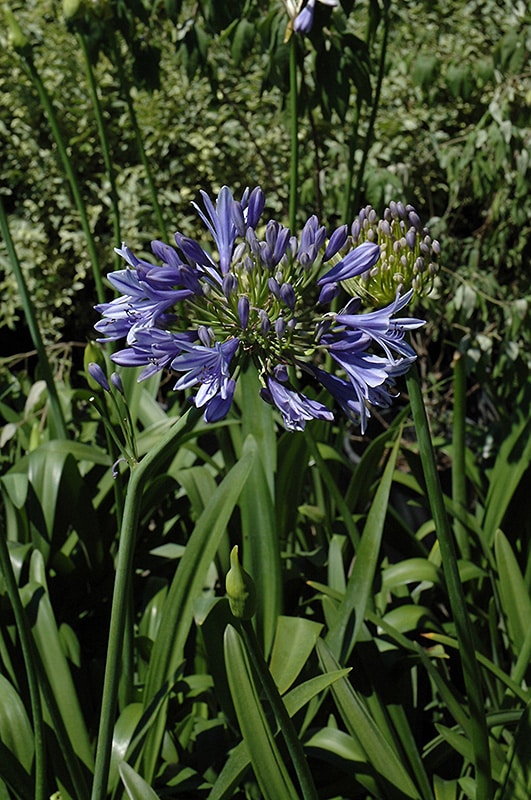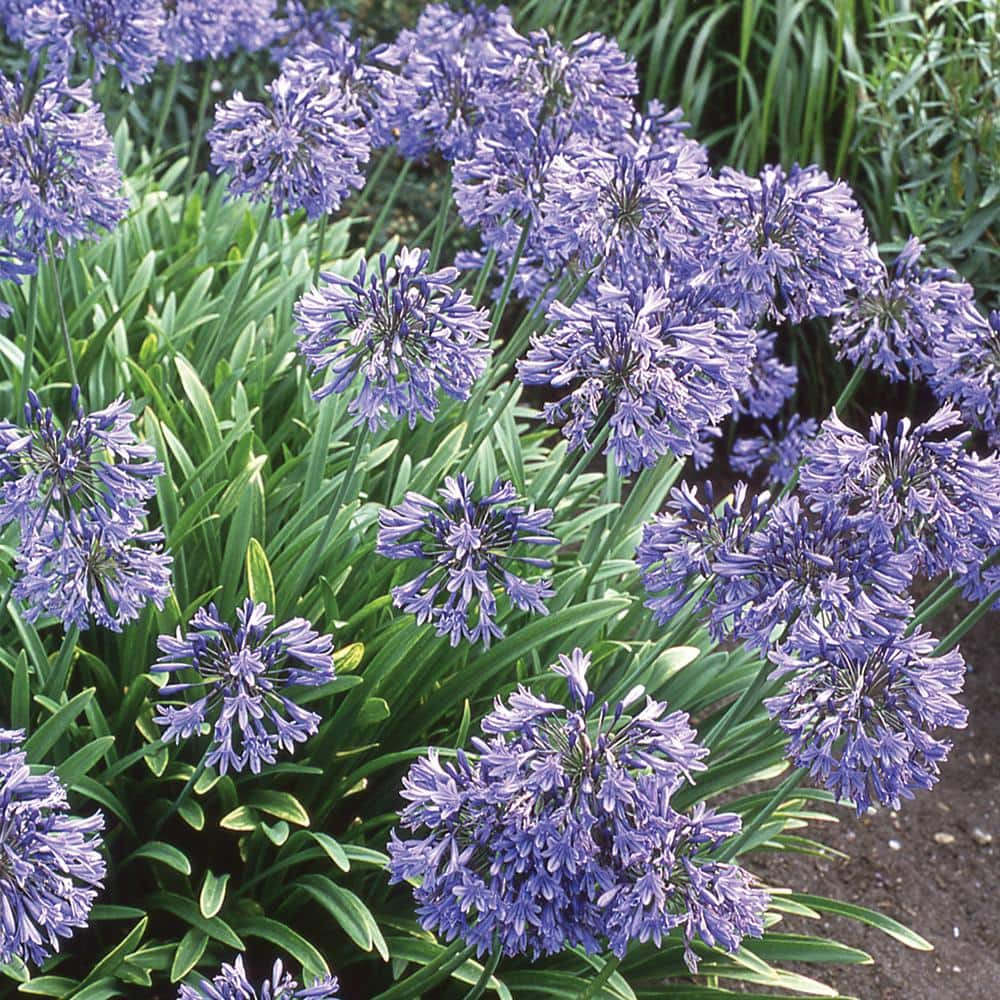Magnificent Agapanthus: Enhancing Your Garden's Appeal
Magnificent Agapanthus: Enhancing Your Garden's Appeal
Blog Article
Unleashing the Secret to Successful Agapanthus Cultivation: Advice for a Flourishing Garden
In the world of gardening, cultivating agapanthus efficiently requires a calculated method that includes different facets of plant treatment. With cautious focus to information, one can unlock the tricks to supporting these magnificent blossoms, bring about a garden that thrives with appeal and vibrancy. By comprehending the subtleties of agapanthus growing, one can produce an atmosphere where these plants grow and flower abundantly. In the following conversation, we will certainly check out essential suggestions and methods that will certainly lead you in the direction of a thriving agapanthus yard, providing insights into best methods, dirt conditions, watering techniques, and much more.
Planting Agapanthus: Best Practices
When planting Agapanthus, appropriate soil preparation is crucial for ensuring successful growth and growth of these lovely blossoms. Agapanthus, commonly referred to as Lily of the Nile or African lily, thrives in well-draining soil with a slightly acidic to neutral pH level - Agapanthus. Prior to planting, it is important to amend heavy clay soils with raw material such as garden compost or peat moss to enhance drain and provide vital nutrients for the plants
To grow Agapanthus, select a location that obtains full sunshine to partial shade, as this will promote healthy development and plentiful flowering. Dig an opening twice the diameter of the plant's origin ball and position the Agapanthus at the same deepness it was formerly expanding. Delicately backfill the hole with soil, pushing down firmly to remove any type of air pockets around the roots.
Water the newly grown Agapanthus completely and proceed to keep the soil evenly damp, particularly throughout the plant's active expanding season. Agapanthus. Using a balanced fertilizer once a month can better sustain the plant's growth and blooming. By adhering to these best practices for planting Agapanthus, you can develop a sensational screen of these exciting flowers in your yard
Suitable Soil Conditions for Agapanthus
For optimal development and flowering success of Agapanthus plants, making certain the soil problems are perfect is critical. Agapanthus grows in well-draining soil with a somewhat acidic to neutral pH level varying from 6.0 to 7.0. This type of dirt permits adequate water drainage, protecting against waterlogging which can cause root rot. To improve dirt drain, take into consideration including organic issue such as compost or peat moss when preparing the growing site. Furthermore, Agapanthus chooses soil that is rich in nutrients, so integrating a balanced fertilizer during the expanding period can advertise healthy development and vivid blooms.

Watering and Fertilizing Tips
To make certain healthy development and lively flowers, correct see here now watering and fertilizing methods are necessary for effective Agapanthus cultivation. Agapanthus plants benefit from regular watering, particularly during the expanding season.
When it concerns feeding Agapanthus, a well balanced plant food with equivalent parts nitrogen, phosphorus, and potassium can be used in the springtime to promote healthy development and blooming. Slow-release fertilizers are excellent for giving nutrients gradually over a prolonged period. Stay clear of over-fertilizing, as this can lead to extreme vegetation growth at the expense of blooms.
Additionally, integrating natural issue like garden compost into the dirt can boost nutrient levels and improve soil framework, aiding in the total health of the Agapanthus plants. By adhering to these watering and fertilizing ideas, garden enthusiasts can guarantee their Agapanthus plants prosper and create magnificent screens of blossoms.
Trimming and Deadheading Methods
Proper pruning and deadheading techniques play a vital role in maintaining the wellness and looks of Agapanthus plants, matching the essential methods of watering and fertilizing for effective farming. Pruning Agapanthus entails getting rid of invested flower heads, dead or yellowing fallen leaves, and overall shaping of the plant to advertise far better development. Deadheading, the procedure of removing faded blossoms, not just boosts the plant's appearance yet also urges more growing.
When deadheading Agapanthus, it is recommended to trim off the flower stem read what he said at the base utilizing sharp, tidy shears. This process reroutes the plant's energy from seed manufacturing back right into origin and foliage growth, promoting a much healthier and extra durable plant. Regular deadheading can extend the flowering duration of Agapanthus and prevent self-seeding, which can cause overcrowding.
In terms of trimming, Agapanthus typically benefits from a light trim after blossoming to tidy up the plant and motivate fresh development. Cutting down the spent blossom stems and getting rid of any kind of dead or damaged vegetation helps maintain the plant's vigor and overall look. However, it is vital to prevent cutting into the crown of the plant, as this can damage its health.

Protecting Agapanthus From Vermins and Diseases
Implementing effective bug and illness monitoring techniques is vital to safeguarding the health and wellness and vigor of Agapanthus plants in farming. One typical pest that affects Agapanthus is the Agapanthus borer, a caterpillar that tunnels into the plant, creating damage to the blossoms and leaves.
In addition to parasites, Agapanthus are at risk to illness such as root rot and fungal leaf spots. These concerns can often be prevented by ensuring proper drainage and staying clear of overwatering. If indicators of condition appear, affected components of the plant need to be without delay removed to avoid additional spread. Fungicides may likewise be made use of as a therapy step, adhering to the producer's directions thoroughly. By remaining alert and resolving bug and condition concerns promptly, gardeners can aid their Agapanthus flourish and grow.

Conclusion
Finally, successful cultivation of agapanthus calls for correct planting techniques, optimal dirt problems, ample watering and fertilizing, routine trimming and deadheading, and defense from pests and diseases. By following these ideas and methods, gardeners can make sure a prospering garden loaded with attractive agapanthus flowers. Agapanthus. Bear in mind to maintain constant treatment and focus to information to promote the wellness and long life of these sensational plants
When growing Agapanthus, correct soil preparation is important for guaranteeing effective development and development of these lovely blossoms.Water check the recently planted Agapanthus completely and continue to keep the dirt evenly damp, especially during the plant's energetic expanding period.For ideal growth and blooming success of Agapanthus plants, making sure the soil problems are ideal is vital. When growing or hair transplanting Agapanthus, make sure the dirt is well-prepared to provide the essential foundation for the plants to develop themselves efficiently. One typical bug that influences Agapanthus is the Agapanthus borer, a caterpillar that passages into the plant, triggering damages to the leaves and blossoms.
Report this page